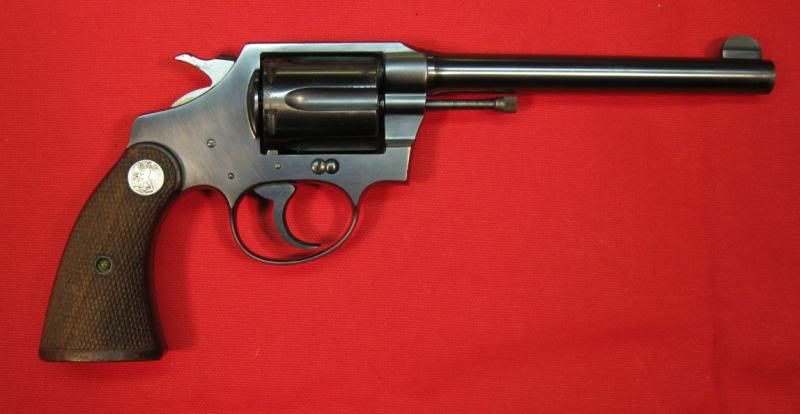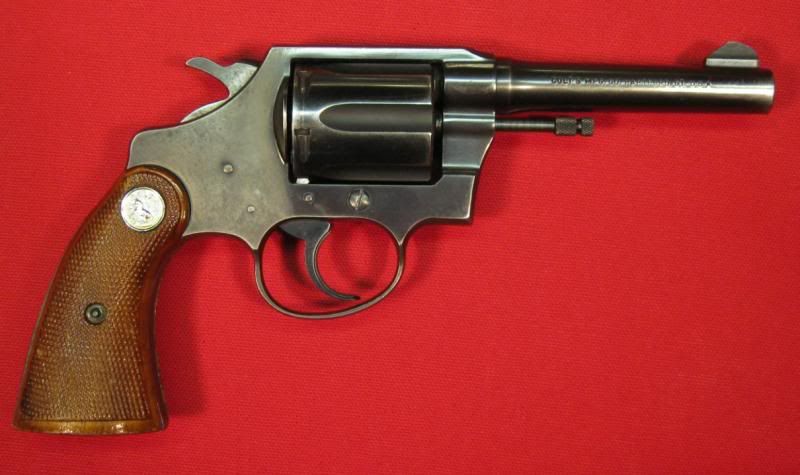Roy Allain
New member
My brother-in-law gave me his Colt Police Positive .38 revolver to see why the action "won't work", as he describes it.
A lot of oil all over has solved most of the problem, but I want to go inside and check everything. It's been on the top shelf in a closet and has developed some rust. The New Orleans area, hot & humid, even indoors.
I'm a 1911 gov't user and not very familiar with revolvers, hence my post here.
Is there someone/someplace that I can contact for disassembly/assembly instructions. (preferably free).
Many thanks,
Roy Allain
A lot of oil all over has solved most of the problem, but I want to go inside and check everything. It's been on the top shelf in a closet and has developed some rust. The New Orleans area, hot & humid, even indoors.
I'm a 1911 gov't user and not very familiar with revolvers, hence my post here.
Is there someone/someplace that I can contact for disassembly/assembly instructions. (preferably free).
Many thanks,
Roy Allain


